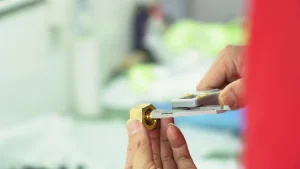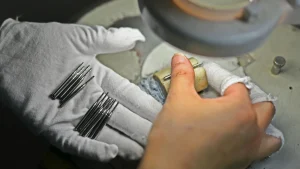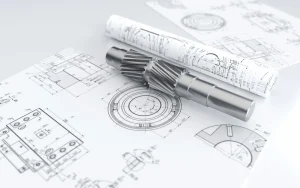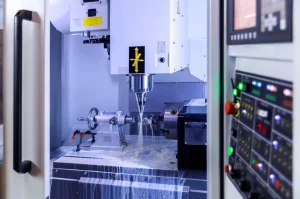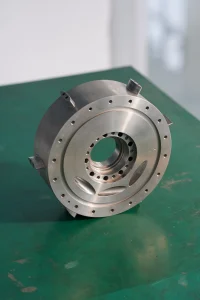在当今时代, 汽车已成为人们生活中必不可少的运输方式. 然而, have you ever known how a car gradually evolves from raw materials to the exquisite vehicles we see on the road? 今天, let us step into the mysterious field of automobile production, explore the exquisite art of this modern industry, and understand the new changes brought about by 3D printing technology to automobile production.
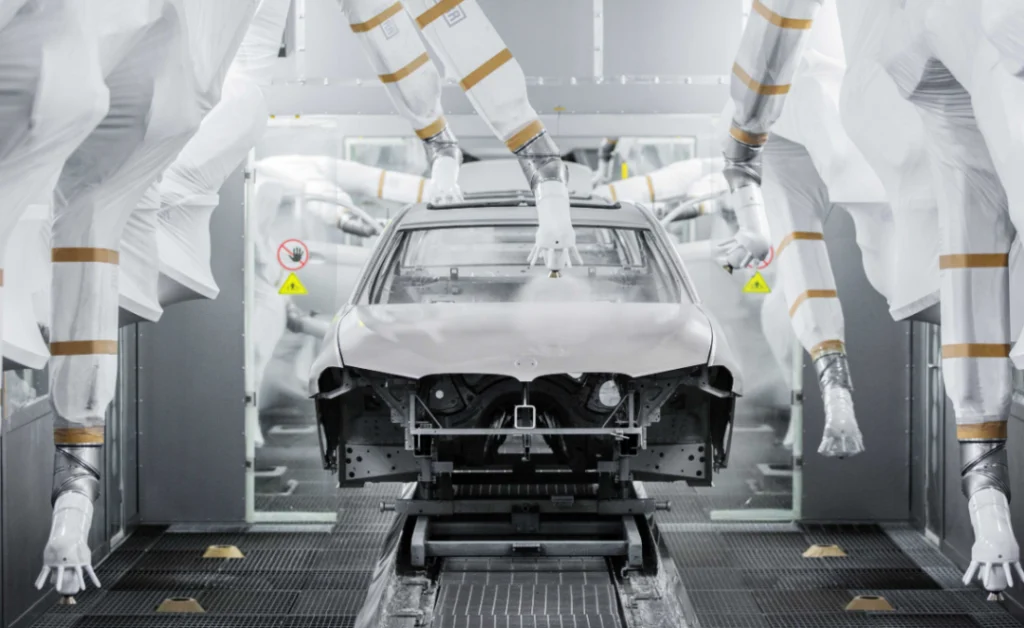
1. 冲压: Laying the foundation for the car body
The first step in automobile production is stamping. This link is like building a “solid skeleton” for the car, starting with rolls of automobile-specific steel plates with a thickness ranging from 1.0mm to 1.2mm. These steel plates are cut into blocks of different sizes by advanced cutting equipment. 然后, they go through the trimming process to remove the excess edge parts to make them more regular. 然后, these steel plates are distributed to various stamping machines.
The pressure of the stamping machine is as high as thousands of tons. Under its strong pressure, the steel plates are pressed into various complex stamping parts on the car body, such as doors, hoods, 等. Each stamping part must be precisely designed and calculated to ensure its strength and precision. This requires not only advanced equipment and technology, but also the careful operation of experienced engineers and technicians.
2. 焊接: The key to connecting the car body
When the stamping parts are ready, the welding process begins. Welding is like building a “solid bridge” for the car, connecting the various stamping parts together to form a complete car body. In automobile production, there are three common welding methods: fusion welding, pressure welding and brazing.
Different welding methods are suitable for different parts and materials. 例如, fusion welding is usually used to connect the main structural parts of the car body, such as the frame, 机壳, 等; pressure welding is suitable for the connection of some thin plates; brazing is mainly used for the connection of some special materials. During the welding process, technicians must strictly control the welding parameters to ensure the welding quality.
The welding quality is directly related to the strength and safety of the car body. Technology like laser welding can make the weld more delicate and firm, greatly improving the strength and rigidity of the car body. The number of welding points on the body of a car is about 3,000 到 5,000. These welding points are like the “key joints” of the car body, connecting the various parts tightly together.
3. Painting: Give the car a beautiful coat
After the welding is completed, the car body has a basic shape, but it still needs to be painted to show its charm. Painting is like putting a “gorgeous coat” on the car, which not only makes the car more beautiful, but also prevents the car body from rusting.
The painting process is not a simple spray painting. 第一的, the car body needs to be cleaned to remove impurities such as iron filings and oil stains. 然后, the steps of electrophoretic primer, midcoat, and spray topcoat are carried out in sequence. Electrophoretic primer can provide the first anti-rust protection for the car body; midcoat can fill the minor flaws on the surface of the car body and improve the adhesion of the topcoat; topcoat is the last line of defense for the appearance of the car. It must not only have good gloss and color saturation, but also be able to resist the erosion of natural factors such as ultraviolet rays and acid rain.
一般来说, three layers of paint are sprayed on the car painting, and each layer has its specific function. This process requires strict control of environmental factors such as temperature and humidity to ensure the quality and drying speed of the paint. The paint consumption of a car is about 5 to 8kg, of which electrophoretic primer accounts for about 2 to 3kg, midcoat 1 to 2kg, and topcoat 2 to 3kg.
4. Changes brought by 3D printing
随着科学技术的不断进步, 3D printing technology is gradually emerging in the field of automobile production. In the automotive R&D stage, 3D printing can quickly produce complex component models, helping engineers to better verify and optimize designs. 与传统制造方法相比, 3D printing can greatly shorten the R&D cycle and reduce costs.
In the automotive production process, some special shapes or small batches of parts can be efficiently produced through 3D printing technology. 例如, some personalized interior parts, customized racing parts, 等. The materials for 3D printing are also becoming more and more diverse, including high-strength plastics, 金属, 等, which can meet the performance requirements of different parts.
此外, 3D printing also provides a new way for lightweight vehicles. By optimizing the design and using lightweight materials, 3D printed parts can reduce weight without reducing strength, improving the fuel efficiency and performance of the car.
5. Final assembly: the last step of automobile production
Final assembly is the last step of automobile production and the most complicated step. In the final assembly workshop, various parts such as the body, 机壳, and interior will be assembled together to form a complete car.
第一的, assemble the chassis assembly, including the suspension system, steering system, 传播, brakes, powertrain, front and rear axles, tires, 等. These parts are like the “core power and supporting limbs” of the car, providing power and support for the car. 然后, install other body coverings such as seats, windshields, 门, 等. The installation of the interior part requires more delicate operations to ensure that the installation position of each component is accurate, while also considering comfort and aesthetics.
During the final assembly process, technicians need to strictly follow the process flow to ensure the installation quality of each component. The number of parts in a car is about 20,000 到 30,000, which requires highly automated and intelligent production equipment, as well as a strict quality control system.
概括:
Automobile production is a complex and delicate process, and every link needs to be strictly controlled. From stamping to welding, from painting to final assembly, every step embodies the wisdom and sweat of countless engineers and technicians. The introduction of 3D printing technology has brought new opportunities and challenges to automobile production. 将来, with the continuous advancement of science and technology, automobile production technology will continue to innovate and develop, and 3D printing will also play a more important role in the automotive field. We firmly believe that in the near future, cars will become more intelligent, environmentally friendly and safer, bringing more convenience and comfort to people’s travel.

